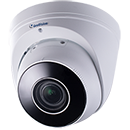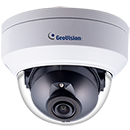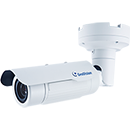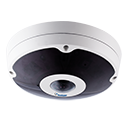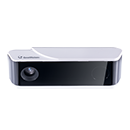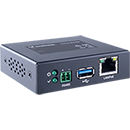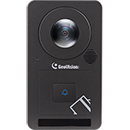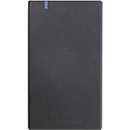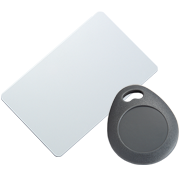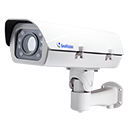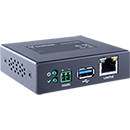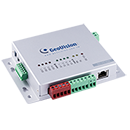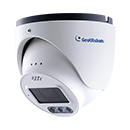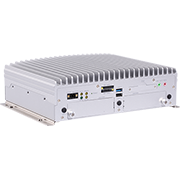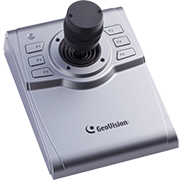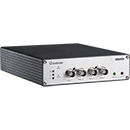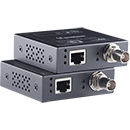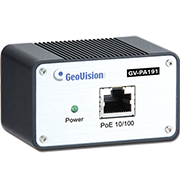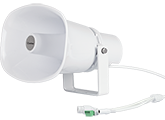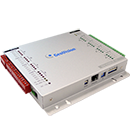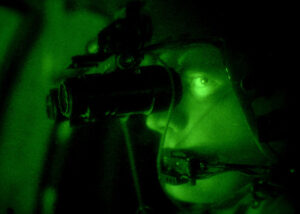
Ultimately what every end user wants out of their night vision camera are clear images, whether that be in color or monochrome. The development of better image sensors has allowed video surveillance manufacturers to enhance night vision camera capabilities to make images even crisper and make cameras that much smarter.
Improved image sensors enhance image quality

Night vision security cameras are being continuously updated with new technology. Today’s cameras incorporate multi-lens, dual-light fusion and other technologies, as well as have a larger aperture lens, sensor with a larger surface, and more intelligent low light technology.
When it comes to image sensors, there have been drastic improvements to make them more light sensitive and able to process images in real time. Implementing these powerful chips increases the processing power, which ultimately enhances the quality of the image. These developments have lead to an emergence of more high quality low light cameras available in higher resolutions. Compared to 10 years ago when low-light cameras were only available in SVGA and D1 resolution, now the same sensitivity exists in 4K cameras.
Some cameras use the ultra-starlight image sensor, which enables its full-color camera to feature large pixel size, back-illuminated pixels and higher conversion gain (HCG) under low illumination.
Using HCG can provide higher conversion gain within the sensor pixels. This conversion gain is located in the front stage of the signal link, which can reduce the influence of the rear stage noise, so a higher signal to noise ratio can be obtained.
Making changes to the image sensor and processing improves light sensitivity in the IR range, which increases the sensitivity of the infrared (IR) light in the camera. This allows the camera to “see” further with the same amount of IR.
Incorporating AI, deep learning

The advancements in night vision camera hardware and software technologies has allowed for more intelligence to be utilized and deployed. With the continuous improvement of AI algorithms and the continuous reduction of AI thresholds, full-color and AI are gradually being used in more and more scenes.
With a night vision camera, people may think that as long as the image is clear, bright and colorful it looks good. For intelligence, more attention is paid to the acquisition of effective information of the target, rather than purely rendering colors, improving brightness and reducing noise. The ultimate goal of continuously optimizing the night vision effect is to use deep learning algorithms to respond to corresponding events with sufficient and effective image details.
In the future, the use of AI — internally and externally — could play a big role in improving the capabilities of low light technologies. This includes enhancing the video that is received, recorded and transmitted by the camera.
Adapted from a&s Magazine
